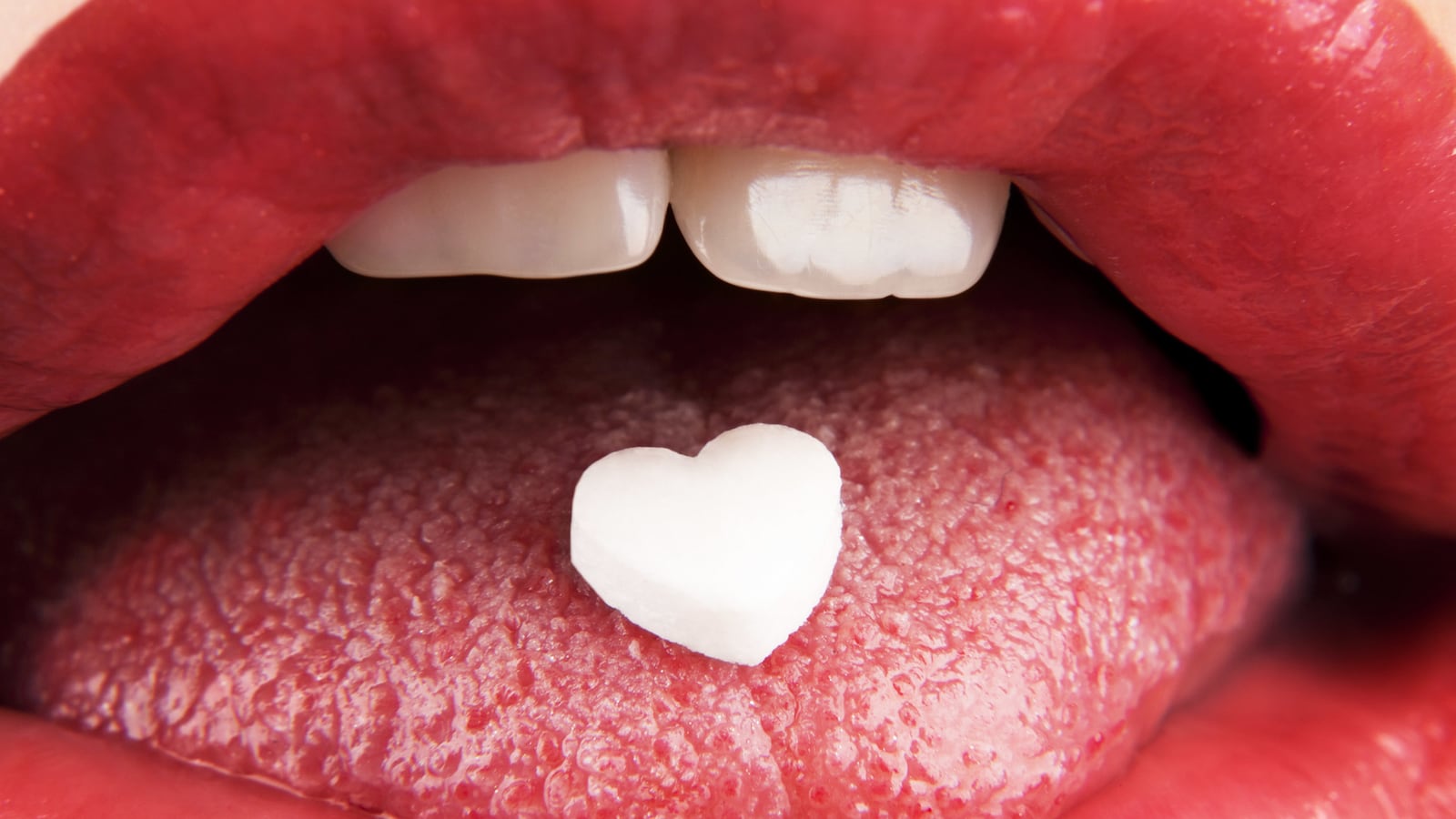The received wisdom among biologists is that humans—like all animals—are primarily fueled by three “drives”: thirst, hunger, and sex.
Yet according to some, we are irresistibly motivated by a fourth: intoxication.
In his 1989 book Intoxication, Psychiatrist Dr. Ronald Siegel argues, “Throughout our entire history as a species, intoxication has functioned like the basic drives of hunger, thirst, or sex, sometimes overshadowing all other activities in life. Intoxication is as bold and escapable as the drug stories that dominate today’s headlines. Individual and group survival depends on the ability to understand and control this basic motivation.”
Especially noteworthy considering Siegel was staunchly anti-drug, having spent much of his career treating heroin and crack addicts, and states repeatedly throughout the book that he would never, ever do drugs because they are toxic poisons that mangle brains and destroy lives. But he concedes: every human culture on the face of the earth has embraced some form of mind-altering substance. They are pervasive, and they have been with us since the beginning.
Which perhaps leads to the obvious result: throwing sex and drugs together. Humans, being inventive, have always found ways to enrich their range of experiences, from adding spices to meat, feathers to clothing, and ink to skin. And we have always mixed sex with drugs, from wine-soaked Roman orgies to coke-fueled ’70s penthouse parties.
But the huge range of drugs on offer today—from unprecedented pharmaceutical pick-me-ups such as Viagra, turbo-charged stimulants like crystal meth, sensual aphrodisiacs such as GHB, and novel “designer drugs” that trickle out of the kitchens of underground chemists—has led to the explosion of a new phenomenon: “chemsex.”
The combination of extreme uppers that keep you awake for days, plus Viagra to rescue erections from the withering effects of said uppers, sensual drugs such as G or MDMA, plus apps that allow for instantaneous introductions to people on the same vibe, has created the ideal recipe for anyone up for a four-day orgy. Neighborhoods like Vauxhall in south London have become global hotspots for weekly gatherings, as documented in the 2015 Vice documentary Chemsex.
Full disclosure: I’ve had my fair share of drug experiences (this is hardly a state secret; the second word in the title of my first book, Sex Drugs and Rock n’ Roll: The Science of Hedonism and the Hedonism of Science, is after all, “drugs”). I like sex and I like drugs but I don’t tend to like them together.
In my youth, bringing cannabis into the bedroom was a heady, sensual treat. But now weed just puts me to sleep. Uppers typically render orgasm elusive. Timothy Leary once famously quipped that women would experience “thousands of orgasms” on LSD—a statement I find hilariously asinine, as I have found myself far more inclined to play with Legos and finger paint under the influence of psychedelics than have sex.
However, everyone is different. Anecdotally, when it comes to mixing sex and drugs in a female-friendly fashion, I have been told the following:
“Coke for him, MDMA for her.”
“Ketamine can be fantastic—it’s like having sex with an entire planet.”
“Nitrous oxide [laughing gas] is all about timing. Plan it right when you’re about to have an orgasm, and you’ll understand why they call them ‘master blasters.’”
“Don’t take GHB at a nightclub—save it for your lover. It’s pretty amazing… before you’re unconscious.”
“Sex on 2-CB is a beautiful thing—it ranks in the top five of my life’s experiences.”
It is interesting to note that Alexander Shulgin (1925—2014), the chemist who gave the world the recipe for MDMA and concocted over 200 psychoactive chemicals (including 2C-B, 2-CI and 5-MEO-DIPT), was interested in the sexual properties of psychedelics as well as the psychological. His wife Ann was especially keen on how drugs could come into play between the sheets.
“Some of the materials make a very good, close interaction possible. And a very intimate interaction… If you’re in a sexual situation what you want is that un-tenseness. A dropping of the tension and the over-activity of the intellect—you know, the ‘let go’ thing. And most psychedelics do that,” he said in a 2002 interview with the Multidisciplinary Association for Psychedelic Studies.
“I think there are very few psychedelics that you can’t make love on, if you find the right dose. 2C-B, and LSD for most people. But you have to find the right dosage level, otherwise you’re going ‘way out there.’ And that’s the trick,” Ann added.
Sex between two people on drugs isn’t quite on the same level as true “chemsex”—a full-blown orgy—but clearly plenty of women are into the beta-level drugged-up sex: social media is rife with anecdotes tagged with “#highsex” and “#highgasm,” ranging from exuberant tweets to gratuitously revealing selfies taken by doe-eyed girls sporting bunches of weed leaves or brandishing test tubes.
There is zero question that people are throwing sex and drugs together—but there have been very few studies in men or in women regarding the benefits, the risks, or other outcomes.
Despite the lack of research, this hasn’t stopped companies from marketing gimmicky products based on drugs that are already legal—such as cannabis-infused lubes like Foria Pleasure.
“They make all sorts of claims, such that their products will increase blood flow or potentiate orgasm, but their evidence is entirely anecdotal—nobody has done any formal studies on cannabis lubes,” says Hattie Wells, Operational Manager with the U.K.-based drugs policy research centre The Beckley Foundation.
Of the very few studies that have been conducted, Wells points to a 2011 review in the Journal of Psychoactive Drugs that concludes, based on what the authors say is a dearth of research “that chronic alcohol and drug abuse have clear deleterious affects on sexual functioning for many individuals.” Which isn’t surprising, if you’ve ever experienced sexual ineptitude in a drunken lover.
“The key findings in the science are that moderate, infrequent use of psychoactive drugs including alcohol can enhance sexual experiences and pleasure—but chronic or heavy use has deleterious effects,” says Wells.
Cocaine, she says, is a perfect example: occasional users find they can increase sexual performance, but heavy regular users tend to experience lower libidos, sexual dysfunction and difficulty experiencing orgasm. “Just as The Verve sang: ‘Now the drugs don’t work, they just make you worse.’ The more you use, the less helpful they are.”
For many men, the dark side of the scene becomes too much to bear after a while. I once had a roommate here in London who had endured so many “suicidal Tuesdays” (the catastrophic post-party comedown) he decided to give up not only chemsex, but drugs and alcohol entirely for the rest of his life.
He left the scene behind with no other physical scars. Many others aren’t so lucky. The rise in chemsex in the U.K. has led to a phenomenal rise in HIV (as well as syphilis, gonorrhea, and hepatitis C), due to the fact that unprotected, risky sex is more likely when you’re high, but also the high prevalence of injecting meth in particular (known as “slamming”) in the scene. The Vice documentary on chemsex focused on London's gay community, where (according to 2014 numbers) one in eight sexually active men are now HIV positive—and it's estimated that 20 percent of those don’t know they have the virus.
Women would be wise to take this on board—and also keep in mind that our biology means we are more at risk for other viruses in comparison to men (a man wearing a condom can still spread a virus from one woman to another, though remaining safe himself).
Still, it’s clear that a lot of people are not deterred by the risks. As one friend of mine put it, “the orgies were so much fun, it was worth it despite the herpes sores I now get.” And there’s little doubt that that fun isn’t going to go away. Prohibition has never succeeding in wiping any drug off the map (all it’s done, time and time again, is increase the potency of illegal drugs).
Given the increasing awareness in the public about the therapeutic applications for psychedelics that academic scientists and clinicians are exploring—from MDMA for trauma, psilocybin for anxiety in terminal stage cancer, and LSD for depression—there’s every reason to think that more and more people might be inclined to explore psychedelics and other illegal drugs for their sexual potential.
Which isn’t necessarily a bad thing, as long as people learn from the mistakes of others, and take safe precautions.
“Be clear on the context surrounding your desire for sex in an altered state,” said Toronto-based relationship coach and hypnotist Tanya Pillay. “And if you are involving another person, talk about hard limits while sober because one’s comfort zone can be harder to know let alone articulate under the influence of any substance.
“Unequal power dynamics and group contexts bring even more risk of boundary violation than altered states alone due to peer pressure or the desire to please others despite one’s own uncertainty, for example,” she continued. “Addressing topics such as sexual health, permissible sex acts, and provisions for self care long before the altered state begins helps to build a safe and enjoyable experience for all.”
In other words: it’s not for the inexperienced.
“I see altered states not as a first-tier type of sexual or contemplative activity but rather as something well down the road for individuals that know themselves and each other really well, or their personal relationship to the altered state really well—if not both,” says Pillay.






